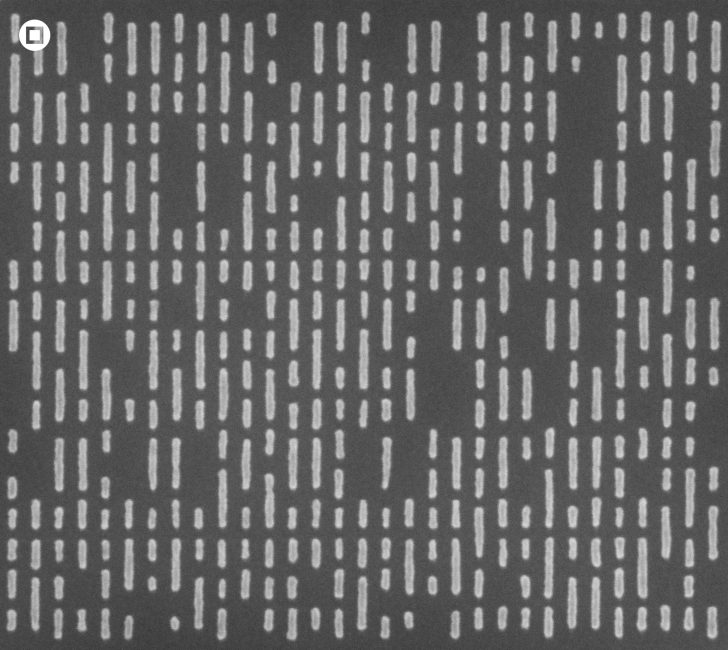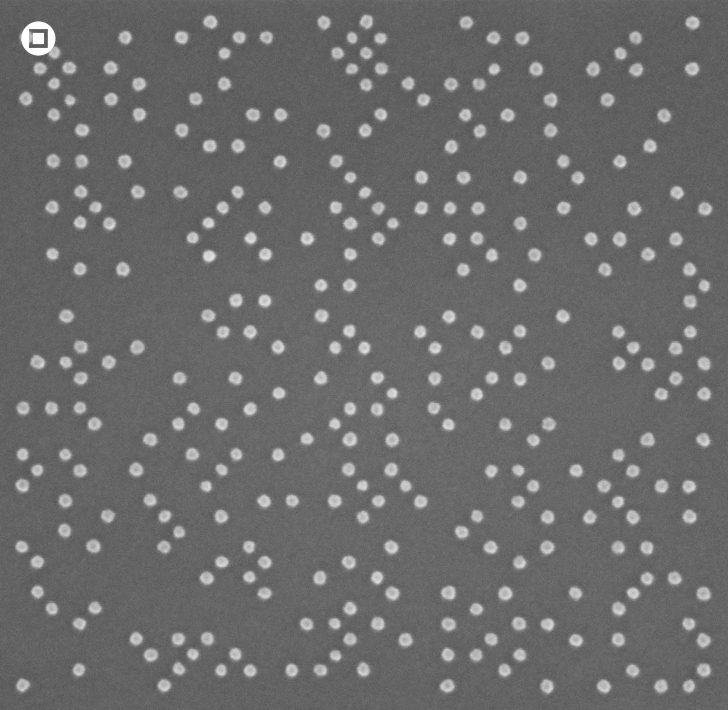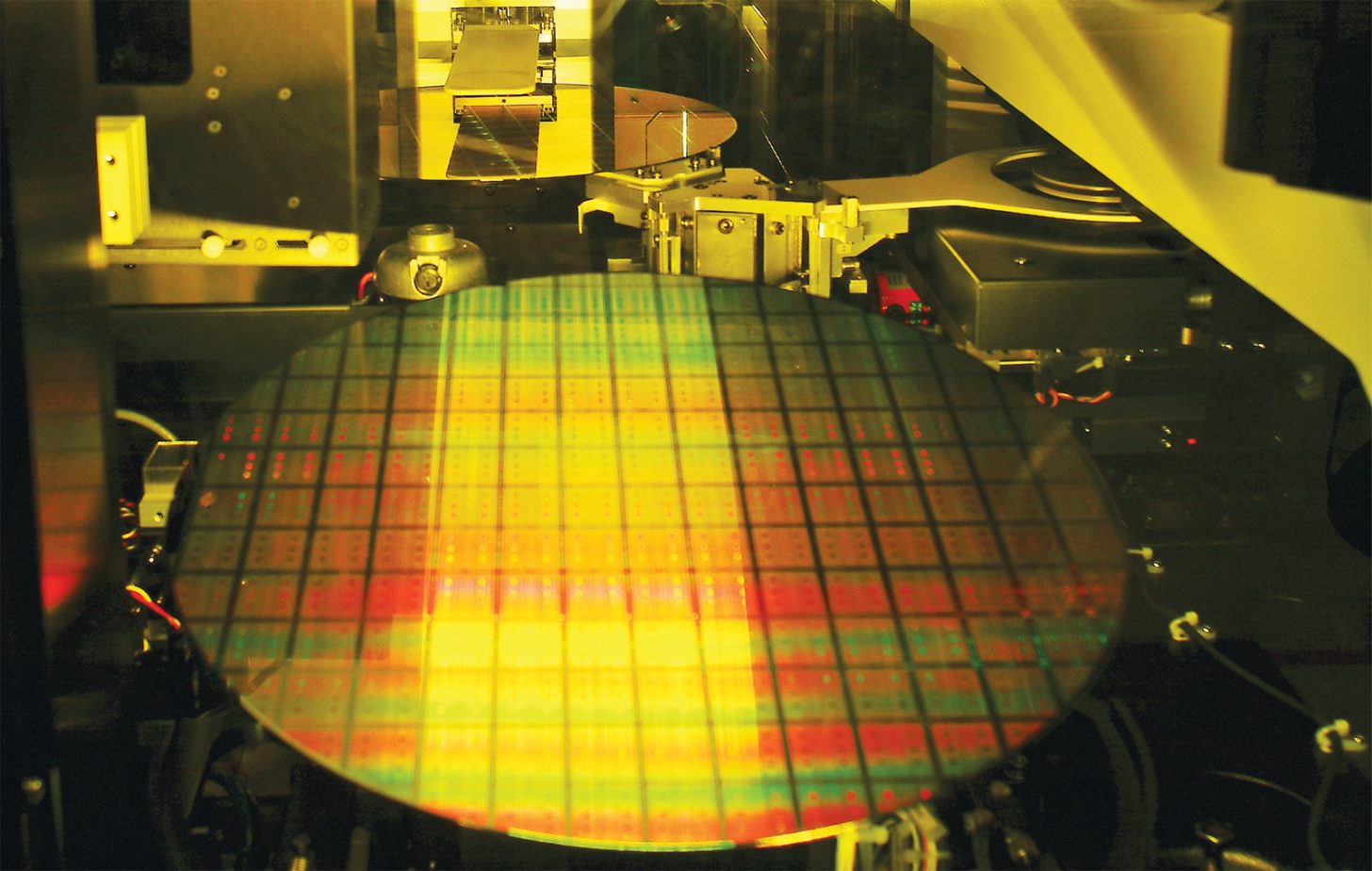The US chip industry is on the brink of a major transformation, and a new player called Substrate is ready to enter the fray. This startup is targeting the lithography domain, a field currently dominated by ASML. Substrate aims to revolutionize this segment by introducing an innovative approach, potentially altering the landscape of semiconductor production in America.
Substrate’s Vision: X-Rays Over EUV
Substrate is stepping into the spotlight with plans to challenge the reliance of US chipmakers on ASML. According to reports, the company intends to develop lithography equipment that rivals ASML’s EUV machines but with a twist. Instead of using the conventional extreme ultraviolet light, Substrate plans to harness shorter-wavelength X-rays, generated by a particle accelerator. This approach is not just a technical shift but also a strategic move to create a domestic alternative in the US. The firm has already captured significant attention, raising $100 million with backing from investors like Peter Thiel’s Founders Fund, achieving a valuation of $1 billion based on its advanced lithography concept alone.
Innovation Meets Skepticism
Substrate’s approach to using X-rays instead of EUV light in chip production is stirring both hope and doubt. The company claims its method can significantly cut costs compared to ASML’s equipment by employing a unique mask/resist flow that enhances multi-patterning. Substrate’s strategy is to dramatically lower lithography costs, making the X-ray lithography a promising alternative. The technology has been unveiled to the media, with experts praising its potential.


The Path Ahead for Substrate
The challenge for Substrate lies in successfully implementing the X-ray technology with high-volume manufacturing (HVM) of chips. Given the entrenched position of EUV in the industry, gaining early adoption might pose difficulties. While offering a domestic lithography solution to the US market is commendable, the notion of completely eliminating dependence on ASML appears ambitious for the time being.
